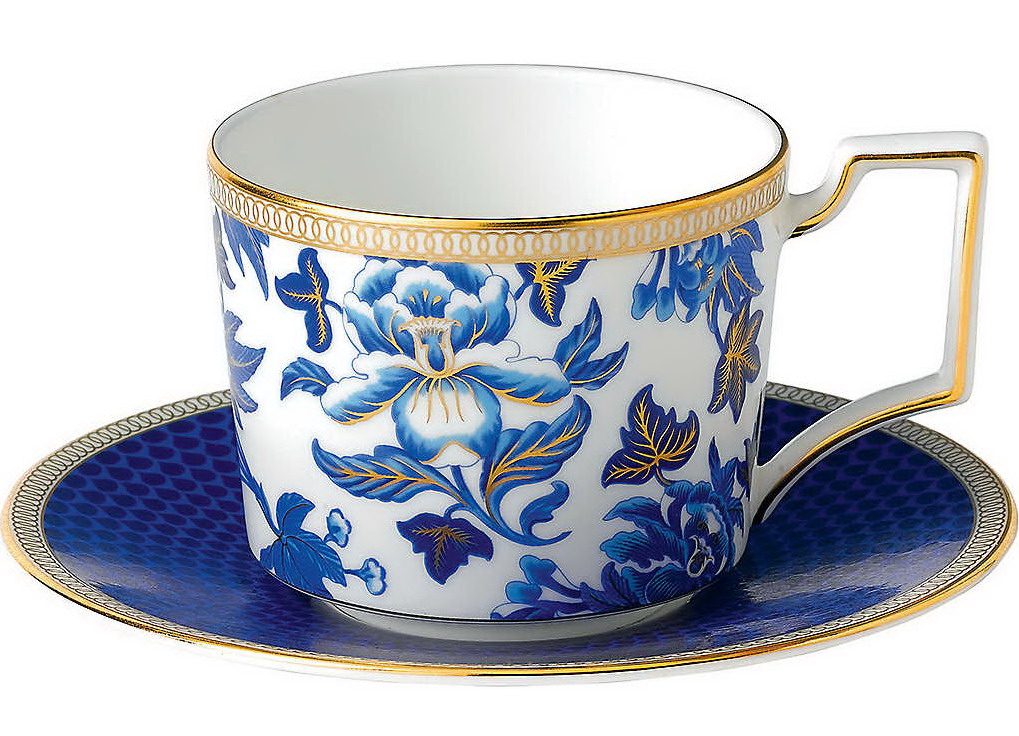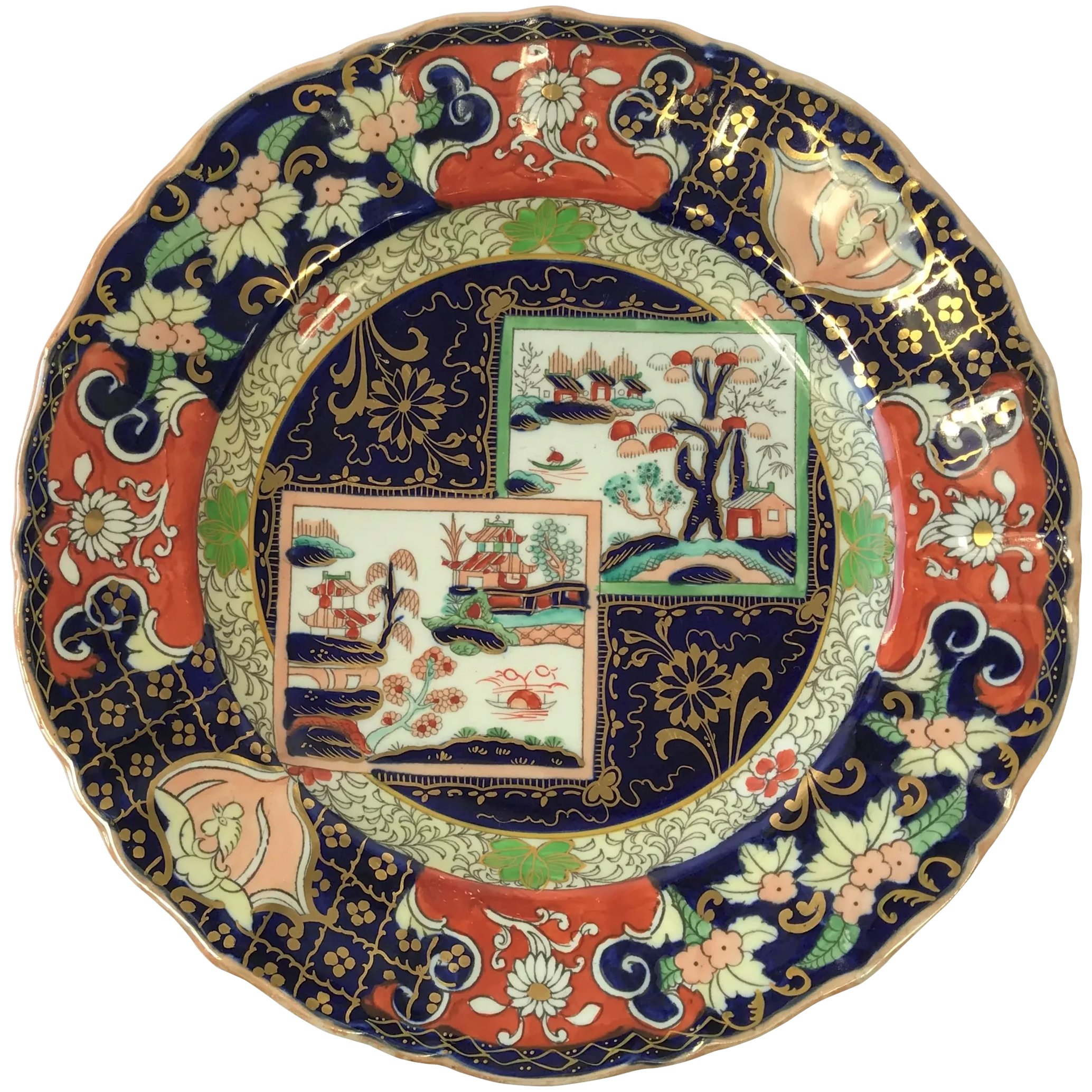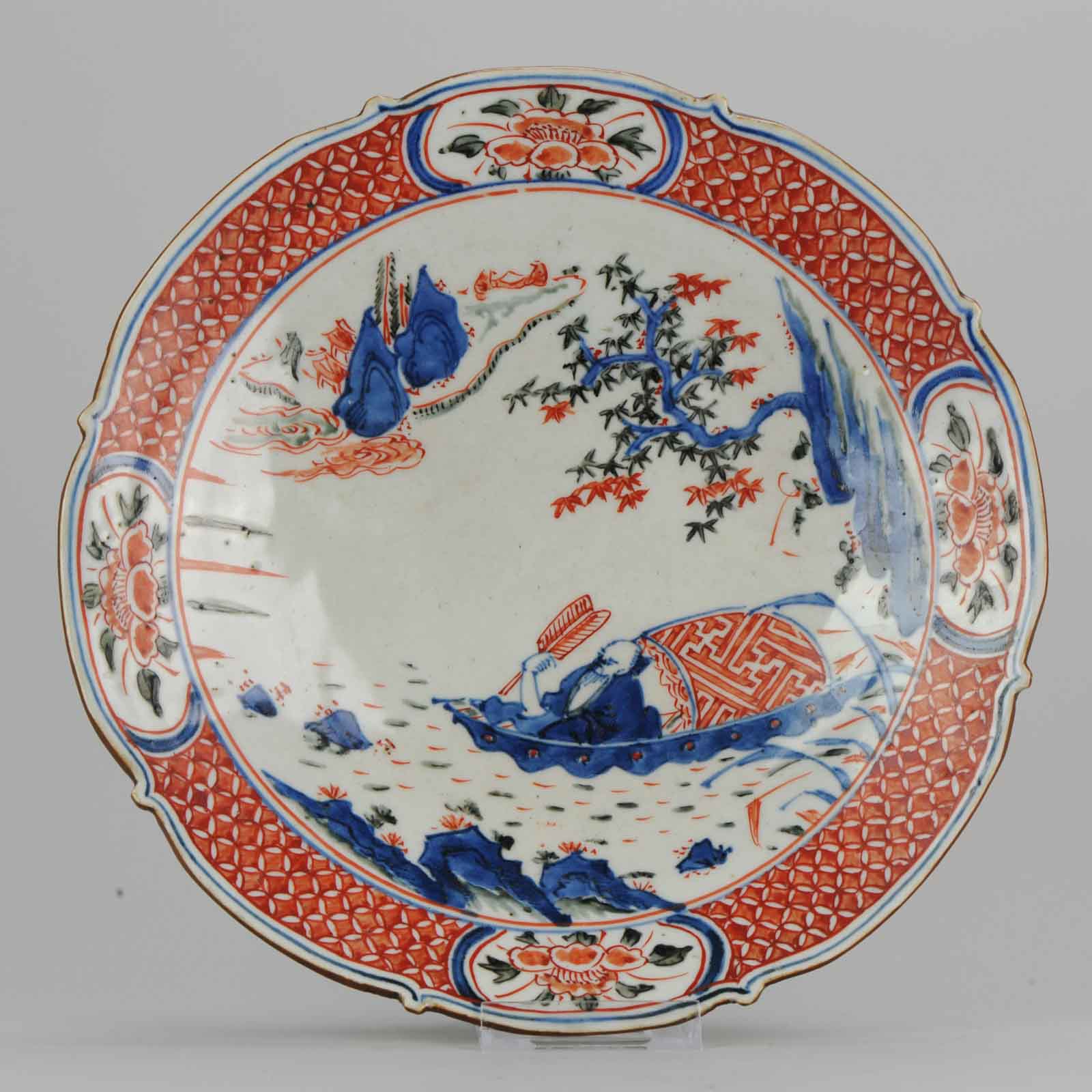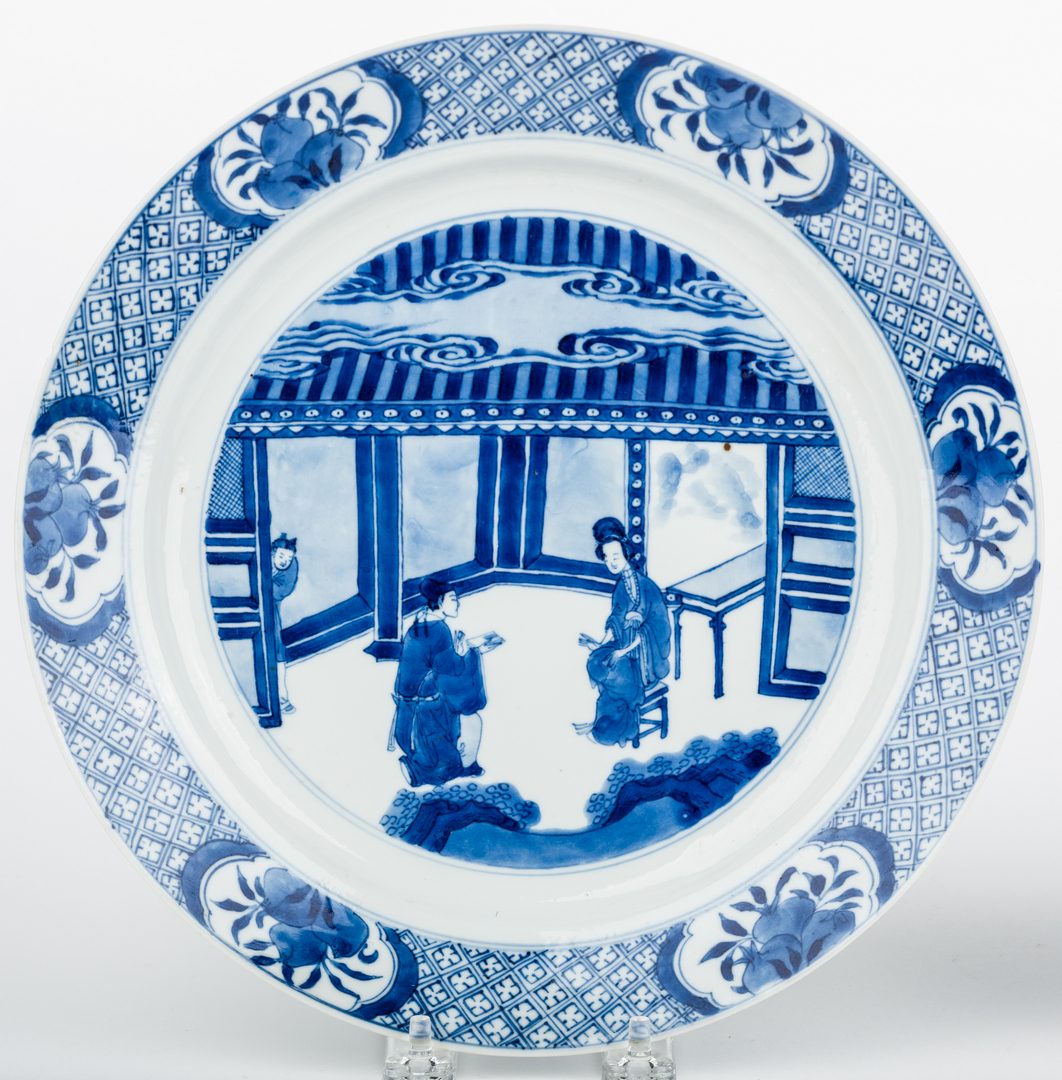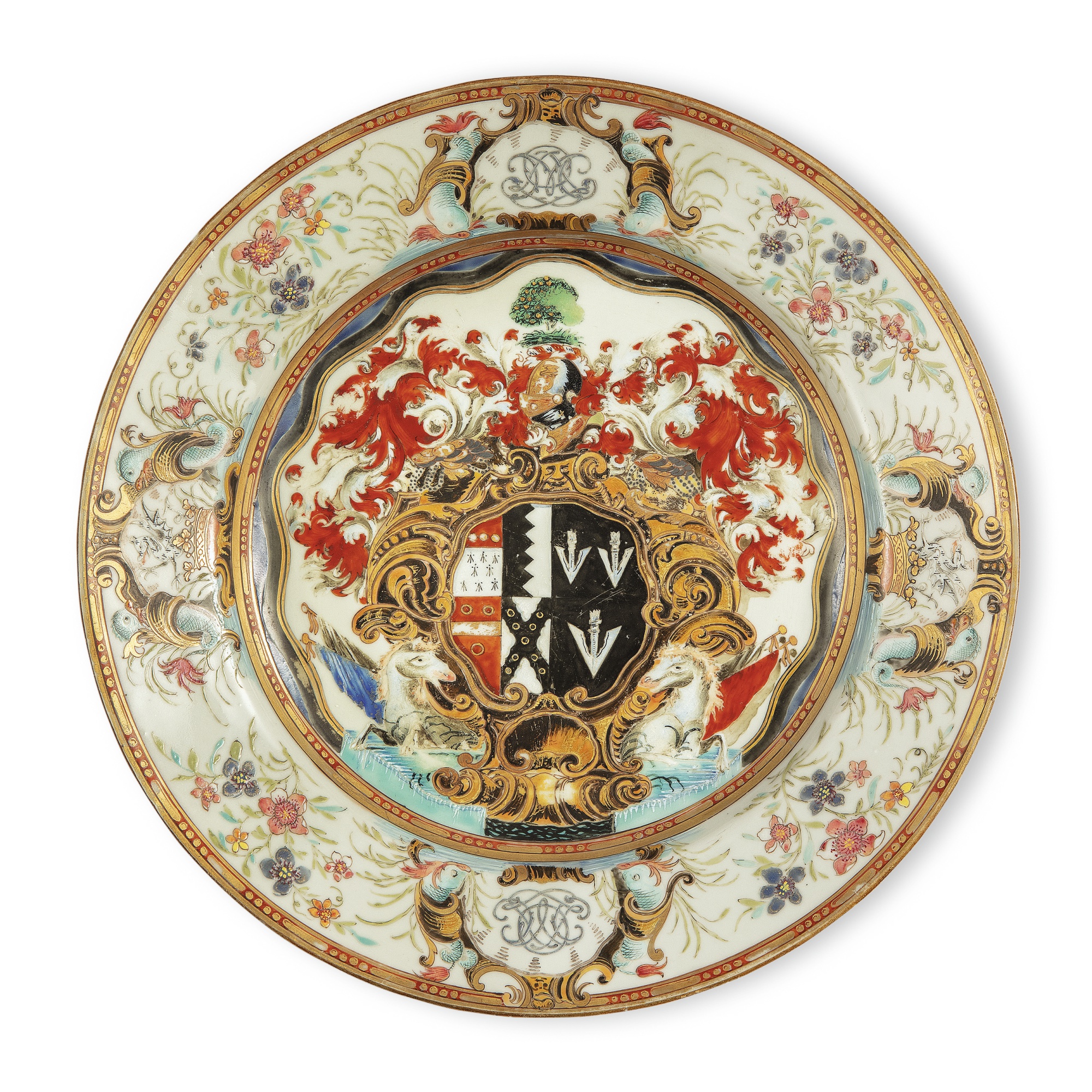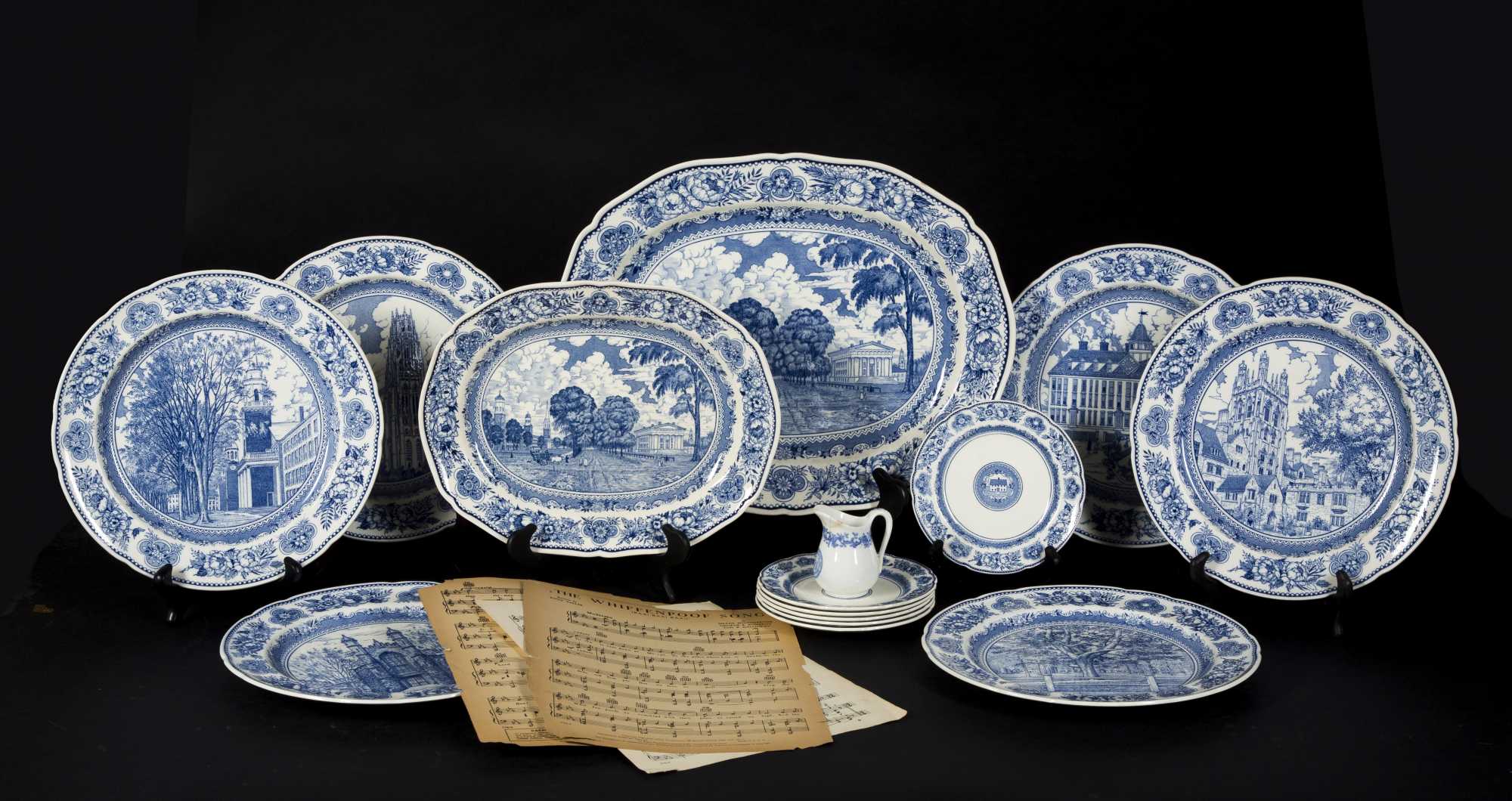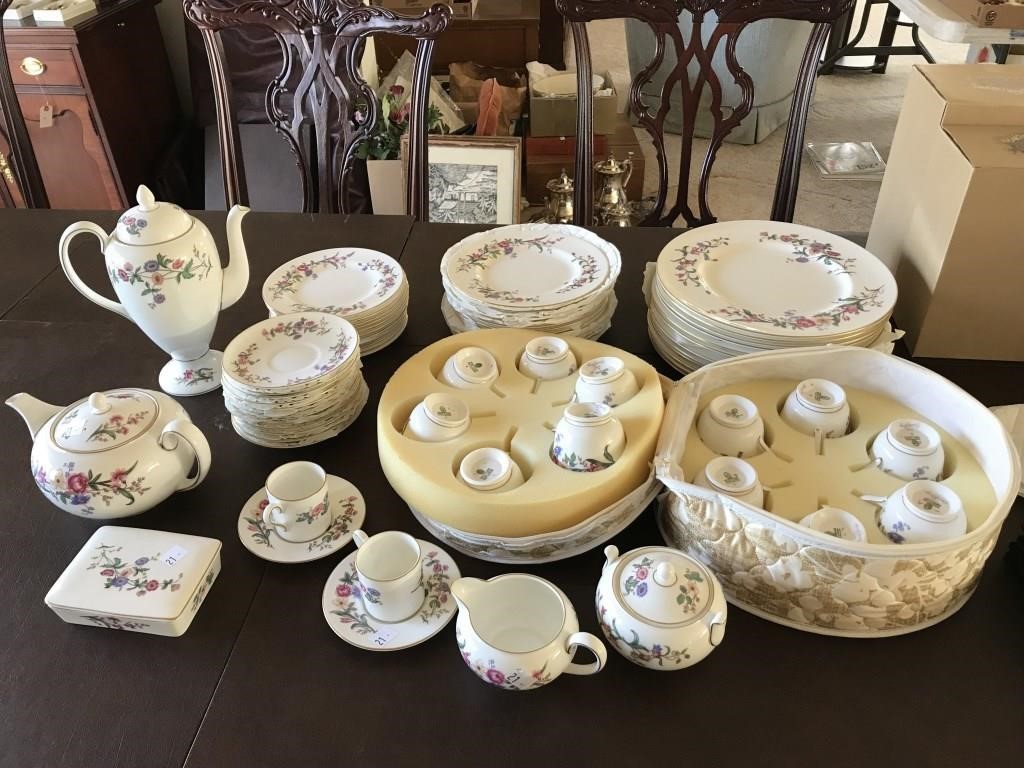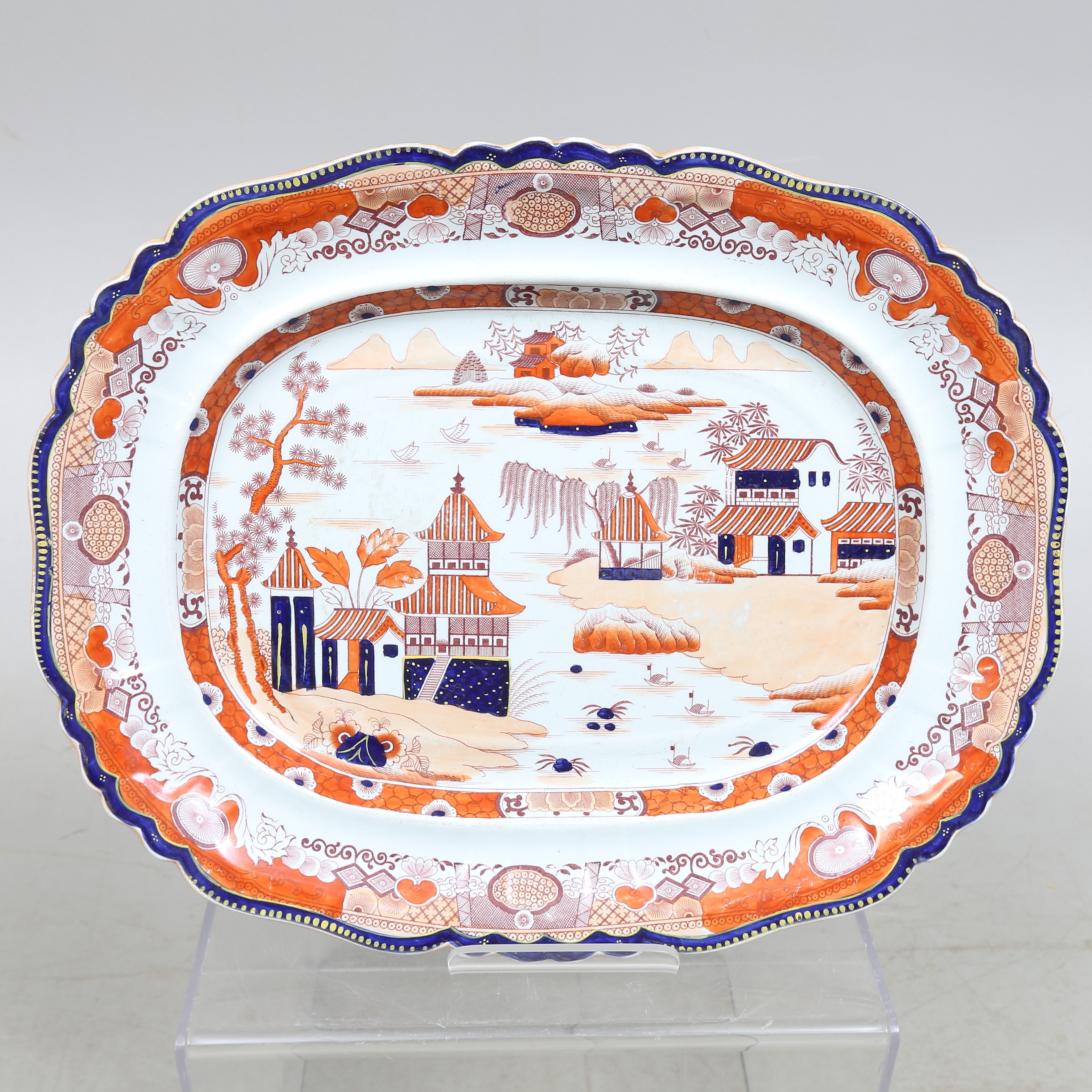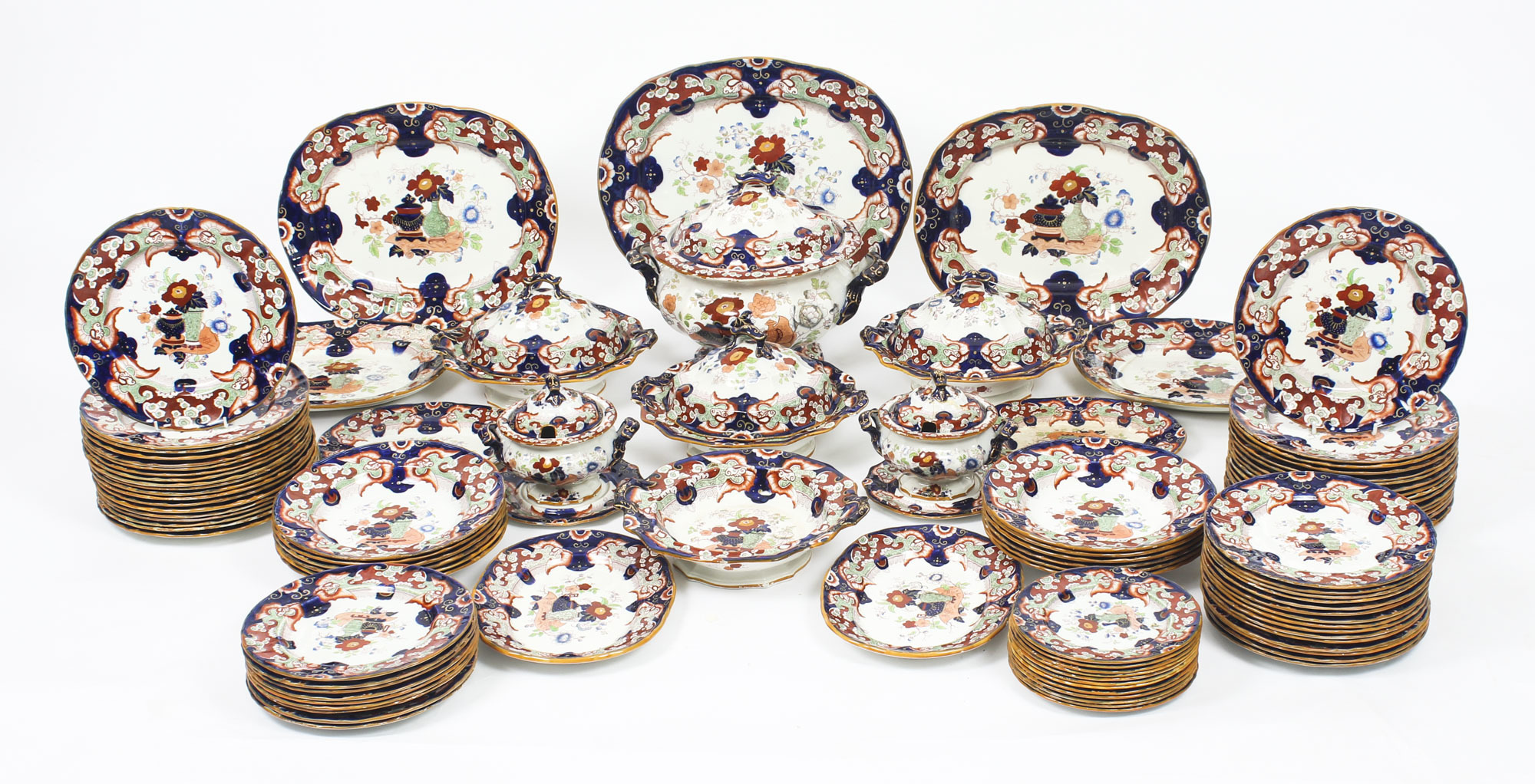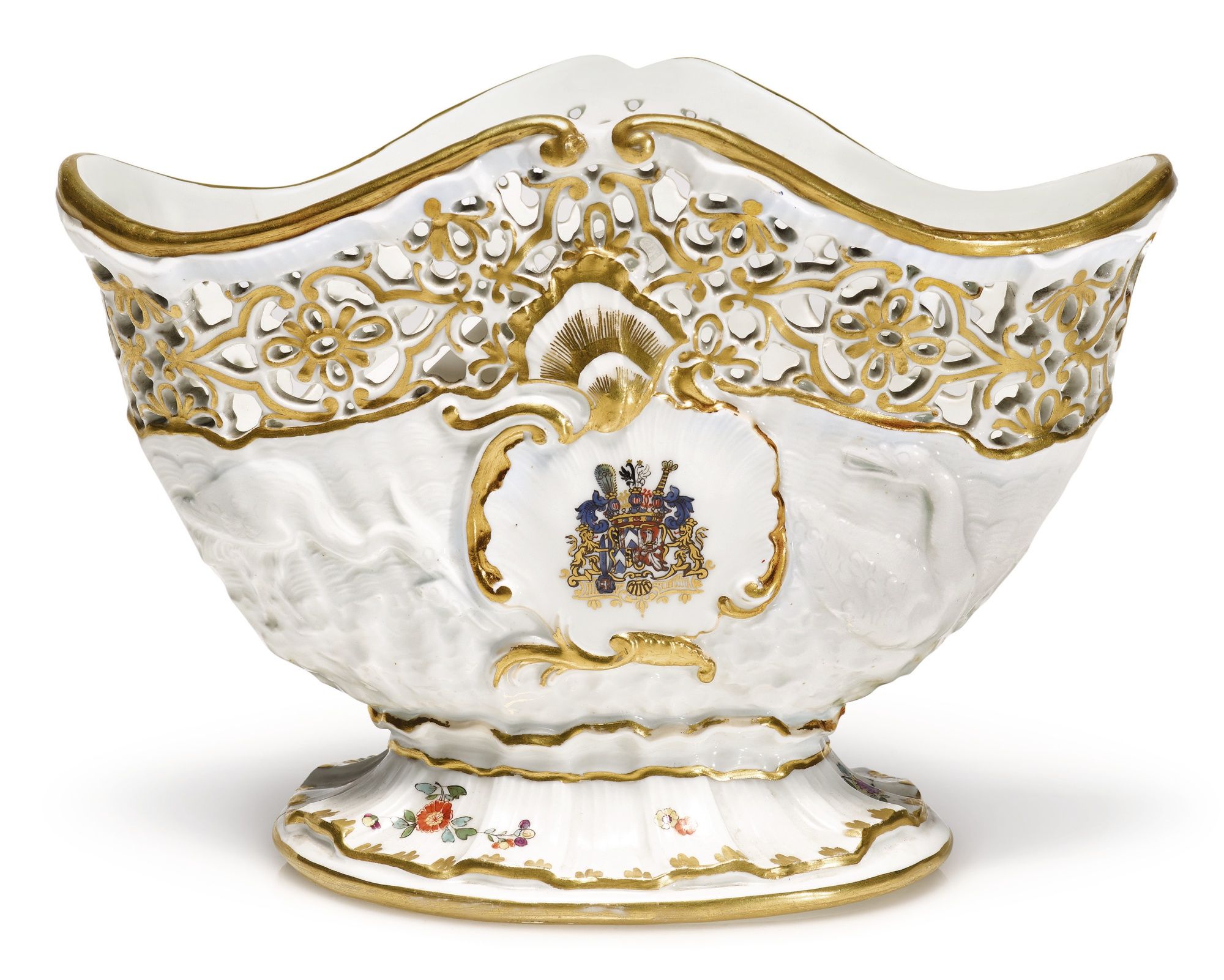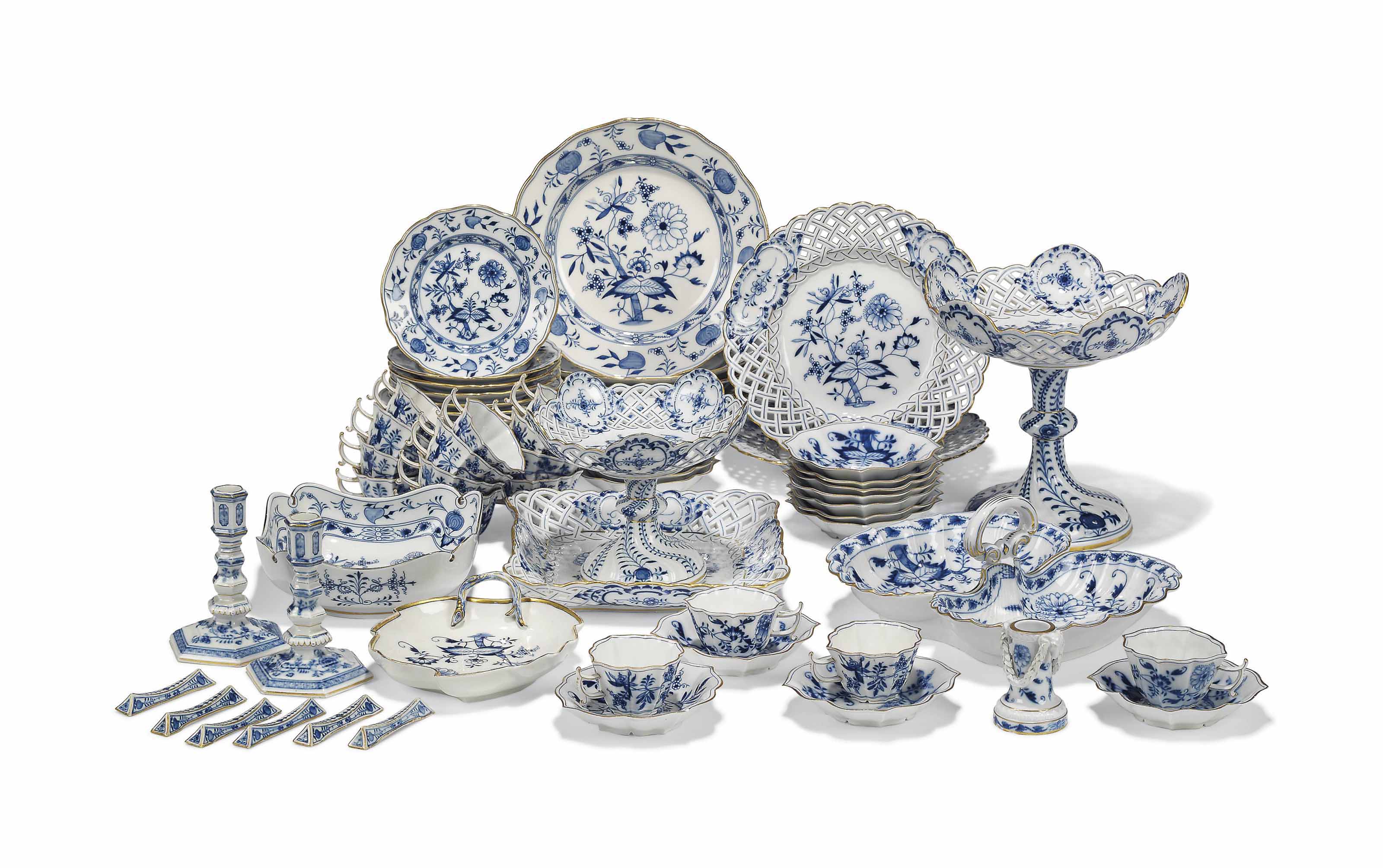
Porcelain, vitrified pottery with a white, fine-grained body that is usually translucent, as distinguished from earthenware, which is porous, opaque, and coarser. Chinese porcelain was exported to Europe as early as the 1100s, but it was rare and only available to the very wealthy. During the Qing dynasty (1644-1911), a wider variety of designs were exported. Demand for china cups and saucers increased as tea, coffee, and hot chocolate became popular beverages.
瓷器,一种玻璃化的陶器,有白色的、纹理细密的通常是半透明的器身,有别于多孔、不透明和粗糙的陶器。中国瓷器早在十二世纪初就出口到欧洲,但这种瓷器非常罕见,只有非常富有的人才能买到。在清朝(1644-1911),有了更加广泛的设计与瓷器出口业。随着茶、咖啡和热巧克力成为流行饮料,对瓷器的需求有了极大的增加。
In response to the demand, European potteries attempted to manufacture their own porcelain, and by the 18th century, the Europeans were successfully competing with the Chinese. Collectors today have access to a wide variety of antique and vintage china and dinnerware. AeonTimes provides a sampling of the major makers, styles and regions, including British (Royal Doulton, Royal Albert, Spode, Wedgwood, Royal Worcester, Johnson Brothers), Japanese (Noritake), German (Meissen), French (Limoges, Haviland), Danish (Royal Copenhagen), and American (Stoneware, Fiesta, Franciscan, Lenox, Red Wing).
为了应对这种需求,欧洲的陶瓷业试图制造自己的瓷器,到了十八世纪,欧洲瓷器制造商开始成功地与中国人竞争市场。今天的收藏家们可以接触到各种各样的古董和古董瓷器以及各式餐具。英国永恒时光为客户提供一些主要制造商、风格和地区的收藏品,包括英国(皇家道尔顿,皇家阿尔伯特,斯波德,韦奇伍德,皇家伍斯特,约翰逊兄弟),日本(Noritake),德国(梅森),法国(里摩日,哈维兰德),丹麦(皇家哥本哈根),美国(炻器,圣日,方济会,雷诺克斯,红翼)。
